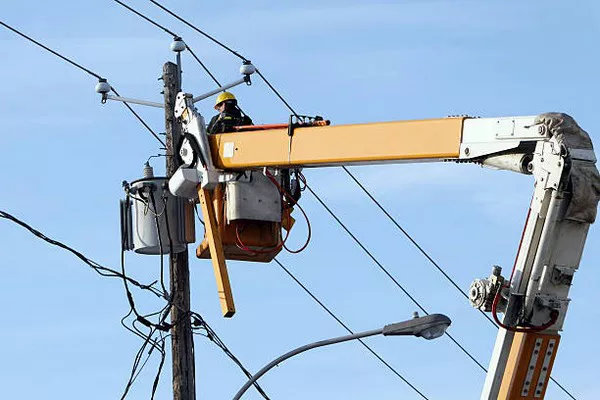Electrical transformers play a pivotal role in the efficient distribution and utilization of electrical energy across the globe. These silent workhorses are integral components of power systems, seamlessly stepping up or down voltage levels to ensure electricity can be transmitted over long distances with minimal losses. To comprehend the functioning of these essential devices, it is imperative to delve into the mechanisms that empower electrical transformers.
The Basics of Electrical Transformers
At its core, an electrical transformer consists of two coils, commonly known as the primary and secondary coils, which are wound around a magnetic core. The primary coil is connected to the power source, while the secondary coil is linked to the load or the system where the electrical energy is intended for use. The key principle governing transformers is electromagnetic induction, a phenomenon discovered by Michael Faraday in the early 19th century.
Electromagnetic Induction: The Driving Force
Electromagnetic induction, a fundamental principle in physics, asserts that a changing magnetic field induces an electromotive force (EMF) or voltage in a nearby conductor. In the context of transformers, this process is the linchpin of their operation. When alternating current (AC) flows through the primary coil, it generates a continuously changing magnetic field around the coil. This changing magnetic field, in turn, induces an alternating voltage in the secondary coil.
AC Power Transmission
One of the key reasons transformers are predominantly used in power systems is due to the efficiency of alternating current in long-distance power transmission. AC exhibits less energy loss over extended distances compared to direct current (DC). Transformers facilitate the conversion of voltage levels, allowing for the efficient transmission of electricity across vast networks.
Turns Ratio: Voltage Transformation
The transformation of voltage levels is a critical function of transformers. The turns ratio, defined as the ratio of the number of turns in the primary coil to the number of turns in the secondary coil, determines the voltage transformation. By altering the turns ratio, transformers can step up or step down the voltage as needed for different applications.
Step-Up Transformers: Elevating Voltage
Step-up transformers increase the voltage from the primary to the secondary coil, enabling the efficient transmission of electricity over long distances. High-voltage power lines utilize step-up transformers to reduce energy losses during transmission. These transformers are typically found in power substations and play a crucial role in delivering electricity to end-users.
Step-Down Transformers: Lowering Voltage
Conversely, step-down transformers decrease the voltage from the primary to the secondary coil. This is essential for supplying electricity at safe and manageable levels to residential, commercial, and industrial users. Step-down transformers are commonly employed in distribution networks, ensuring that the electricity reaching end-users is at the appropriate voltage for various applications.
Magnetic Core: Enhancing Efficiency
The magnetic core within a transformer is instrumental in enhancing its efficiency. Typically made from laminated iron or steel, the core serves two primary purposes: it provides a path for the magnetic flux generated by the coils, and it minimizes energy losses through hysteresis and eddy currents.
Hysteresis Loss: Taming Magnetic Lag
Hysteresis loss occurs as a result of the magnetic lag in the core material. When the magnetic field within the core changes direction with the alternating current, the magnetic domains within the material may not instantly realign. This delay results in energy loss in the form of heat. High-quality transformer cores are designed to minimize hysteresis loss through the use of specialized materials and precise engineering.
Eddy Currents: Controlling Circulating Currents
Eddy currents are circulating currents induced within the core material due to the changing magnetic field. These currents generate heat and contribute to energy losses. To mitigate eddy current losses, transformer cores are often constructed with laminated sheets, reducing the closed loops through which eddy currents can circulate. Additionally, the core may be made from materials with high electrical resistance to further minimize these losses.
See Also: Which Oil Is Used In Transformer For Cooling Purpose
Conclusion
In conclusion, the power behind electrical transformers lies in the intricate dance of electromagnetic induction, voltage transformation, and efficient magnetic core design. These silent giants of the power industry enable the seamless transmission and distribution of electricity, powering our homes, industries, and societies.

